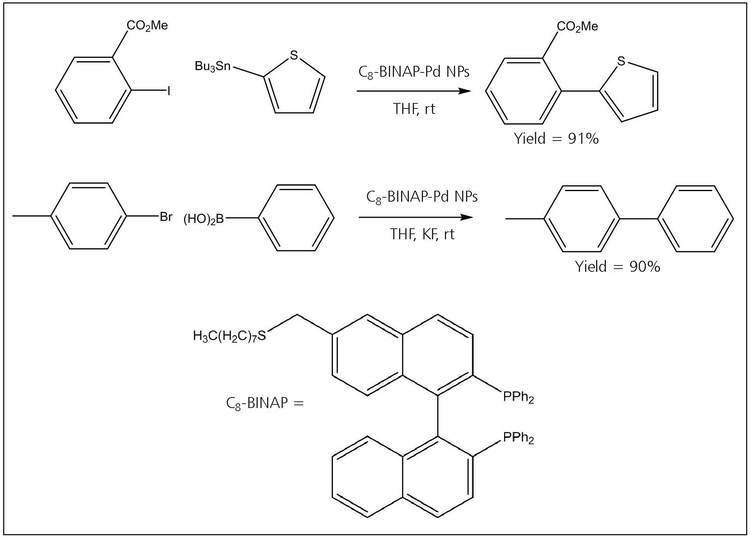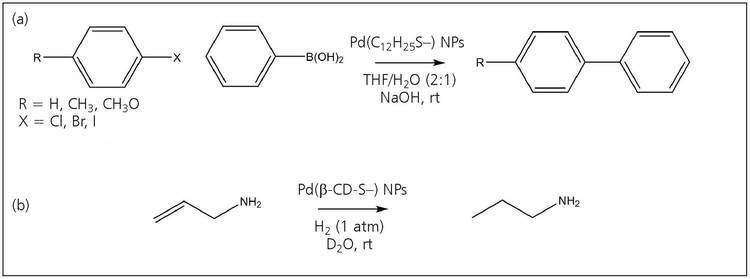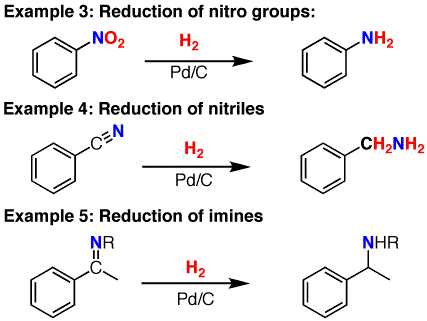Appearance Black powder | ||
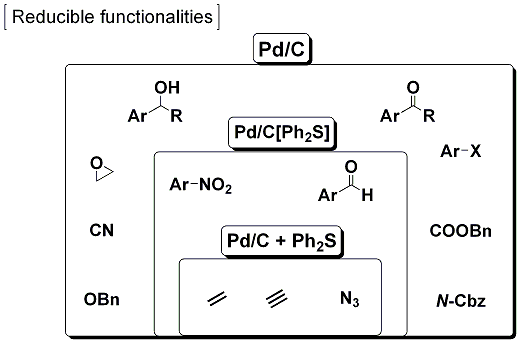 | ||
Palladium on carbon, often referred to as Pd/C, is a form of palladium used as a catalyst. The metal is supported on activated carbon in order to maximize its surface area and activity.
Contents
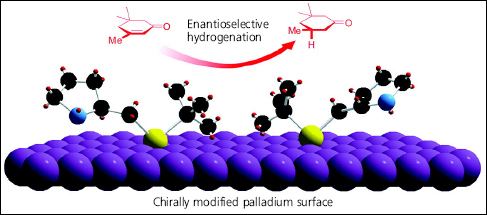
Catalytic hydrogenation

Palladium on carbon is used for catalytic hydrogenations in organic synthesis. Examples include reductive amination, carbonyl reduction, nitro compound reduction, and the reduction of imines and Schiff bases.
Coupling reactions
Palladium on carbon is also used for coupling reactions. Examples include the Suzuki reaction and Stille reaction.
Preparation
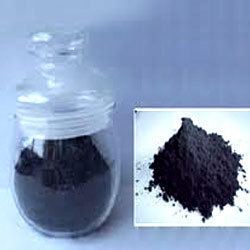
Palladium chloride and hydrochloric acid are added to a warmed, aqueous suspension of activated carbon. Formaldehyde is then added to the solution followed by neutralization with sodium hydroxide. Finally the catalyst filtered, washed with distilled water, and dried over potassium hydroxide. Palladium loading is typically between 5% and 10%.
